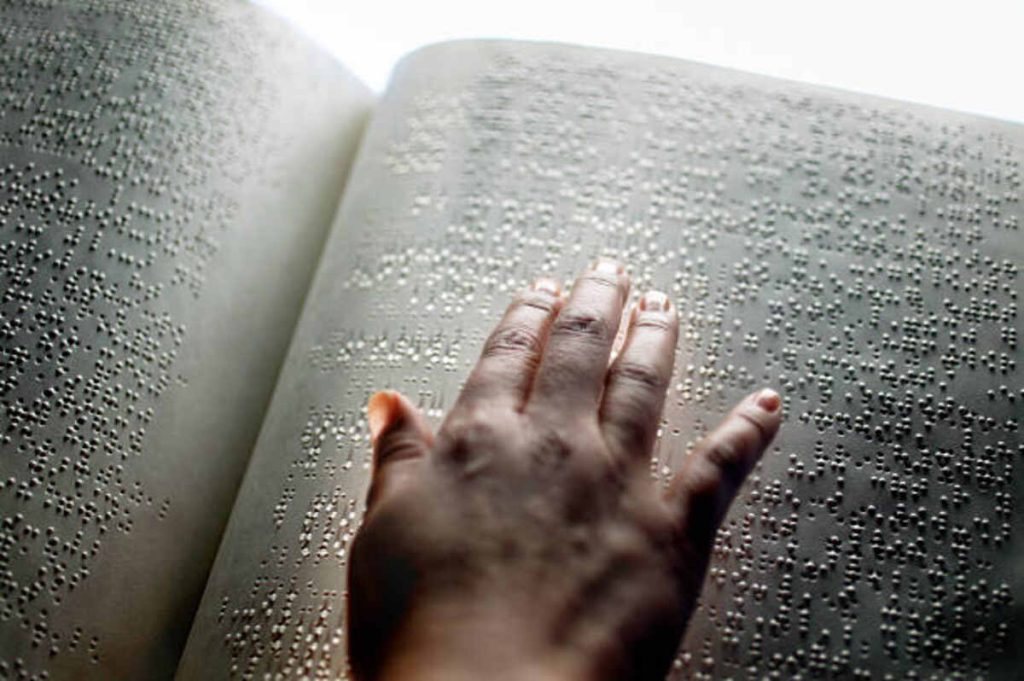In a world where literature enriches the soul and broadens perspectives, accessibility to books should be universal. For the visually impaired, the joy of reading often encounters barriers. However, a wave of revolutionary initiatives is changing the narrative, bringing books to life for blind bibliophiles. This article explores some groundbreaking endeavors that are transforming the literary landscape for those with visual impairments.
Initiative 1: Audiobooks and Podcasts Audiobooks have become a beacon of accessibility in the literary realm. Catering to the visually impaired, these audio treasures narrate stories, providing an immersive reading experience. Podcasts have also emerged as a powerful tool, featuring discussions on books, author interviews, and literary analysis. The blind community now has a rich auditory library, ensuring that no one is left out of the scholarly conversation.
Initiative 2: Tactile Graphics and 3D Printing The introduction of tactile graphics and 3D printing technologies has revolutionized the reading experience for the visually impaired. Organizations dedicated to inclusivity in literature now produce books with tactile illustrations, allowing blind readers to feel and explore the visual elements of a story. 3D printing takes this a step further, creating tangible representations of characters and scenes, transforming the reading experience into a multisensory journey.
Initiative 3: Braille Literacy Programs Braille, the tactile writing system, has been a cornerstone of accessibility for the blind. However, not all visually impaired individuals have access to Braille materials or the training to read them. Various organizations have stepped up to bridge this gap by initiating Braille literacy programs. These programs empower blind individuals to read independently and participate more actively in the literary world.
Initiative 4: Accessible Digital Libraries In the digital age, the rise of accessible online libraries has opened up new avenues for blind bibliophiles. E-books with built-in accessibility features, such as screen readers and adjustable fonts, ensure that digital literature is inclusive. Additionally, advancements in assistive technologies, like voice command navigation, provide a seamless reading experience for those with visual impairments.
Initiative 5: Inclusive Publishing Practices Publishers are increasingly recognizing the importance of inclusivity in their practices. Large font editions, high-contrast designs, and inclusive formatting are becoming more common, catering to readers with various visual needs. By embracing inclusive publishing, the literary world is taking a significant stride toward making books accessible to everyone.
Conclusion: As we reflect on these revolutionary initiatives, it’s clear that the literary world is evolving toward a more inclusive future. Barriers no longer limit blind bibliophiles; instead, they are empowered to explore the vast landscapes of literature through innovative means. In this pursuit of inclusivity, organizations like Living Paintings play a pivotal role.
Living Paintings and the Continuation of Innovation: Living Paintings, a trailblazer in the field of accessibility, deserves a special mention. Their commitment to creating tactile and sensory books for the blind has transformed the way visually impaired individuals experience stories. By incorporating touch, sound, and innovative design, Living Paintings brings narratives to life in ways previously unimaginable.
Read Also: Eitan Force, an Honors Student and Flag Football Team Captain, Died Wednesday



